Hygiene Advice
Have you been avoiding the hygienist's chair?
Here are three reasons why you should book an appointment today.
01
To Prevent Gum Disease
In New Zealand alone, gum disease is believed to affect around 80 per cent of people over the age of 15, according to the New Zealand Dental Association. This common oral condition is caused by a build-up of plaque on and around the teeth. If left untreated, gum disease can lead to painful gums, bad breath and even loss of teeth. A dental hygienist will thoroughly remove any hard deposits and surface staining on the teeth. They'll also assess the overall health of your gums and give personalised advice on how to prevent a recurring problem at home.
02
To Keep Bad Breath at Bay
We may all feel a little self-conscious about bad breath after waking up or eating something with a strong odour, but often, it's something that brushing your teeth or a mint can take care of. However, if you're experiencing severe bad breath throughout the day, you may be living with halitosis. The cause for the odour is often found in bacteria residing under the gumline, which only a dental hygienist can reach. At a dental hygienist appointment, we'll give your teeth a thorough clean and recommend the best products to help keep bad breath at bay.
03
To Improve Confidence
Are you shying away from flashing your smile due to stained teeth? Tea, coffee, tobacco and red wine are just some of the guilty culprits responsible for altering the whiteness of our teeth. These external stains cannot be removed by brushing at home – it requires a deeper, professional clean. This is where a dental hygienist comes in. A regular visit to the hygienist is a great way to remove these stains and restore your teeth to their natural whiteness. They'll also help to keep you clear of plaque and tartar deposits.
Say hello to a cleaner and healthier mouth with the help of Taylor Dental.
The Early Years of Oral Health
The Early Years
Never put anything other than milk or water in a baby's bottle or sipper cup. As soon as your baby's first tooth erupts, start cleaning it with a soft cloth. Around the age of six months, introduce your baby to an appropriate toothbrush under supervision. Put a very small amount of "milk teeth" toothpaste on the brush let them get a taste for it. Allow them to brush their own tooth/teeth first, before you take over and complete the job. Physically aid your child in brushing their teeth until they are around 8 years old.
It is helpful if you brush your own teeth while they watch, as your child will learn from you. Introduce your child to floss at around 8 years of age. Demonstrate the correct technique. It is important to realise that many cavities form between our teeth, where a toothbrush can't reach! So flossing is every bit as important as brushing to remove all the plaque.
Brush twice a day - Especially before bed - then don't consume anything other than water! Make sure to also brush the bacteria from your tongue. Use a forward sweeping motion.
Warning - Toothpaste can be harmful if swallowed in large amounts. It is a good idea to store toothpaste where children cannot access it without an adult. Use a 'pea-sized' amount of fluoride toothpaste and always spit it out.
Floss every night - Check out the instructions below.
Interproximal Brushes are very small 'Christmas tree shaped' brushes which are designed to clean between small spaces, under bridges and in and around braces. They are an extremely useful tool, which when added to your daily routine of brushing and flossing will help to keep your whole mouth clean.
The physical removal of plaque from your teeth is the most effective way to prevent tooth decay. Mouth rinses can be helpful and certainly give your mouth a fresh, clean feeling, but they do not take the place of good brushing and flossing! Ask your dentist for advice.
Limit your consumption of sugary drinks. Water is best - Forget the rest.
Water Fluoridation
We encourage those wanting to know more about water fluoridation to check out evidence-based information sources, like the new Ministry of Health fluoride facts website.
Brushing & Flossing Techniques & Tips
What is the Right Way to Floss?
Proper flossing removes plaque and food particles in places where a toothbrush cannot easily reach — under the gumline and between your teeth. Because plaque build-up can lead to tooth decay and gum disease, daily flossing is highly recommended.
To receive maximum benefits from flossing, use the following proper technique:
- Starting with about 18 inches of floss, wind most of the floss around each middle finger, leaving an inch or two of floss to work with
- Holding the floss tautly between your thumbs and index fingers, slide it gently up-and-down between your teeth
- Gently curve the floss around the base of each tooth, making sure you go beneath the gumline. Never snap or force the floss, as this may cut or bruise delicate gum tissue
- Use clean sections of floss as you move from tooth to tooth
- To remove the floss, use the same back-and-forth motion to bring the floss up and away from the teeth
What Type of Floss Should I Use?
There are two types of floss from which to choose:
- Nylon (or multifilament) floss
- PTFE (monofilament) floss
Nylon floss is available waxed and unwaxed, and in a variety of flavours. Because this type of floss is composed of many strands of nylon, it may sometimes tear or shred, especially between teeth with tight contact points. While more expensive, single filament (PTFE) floss slides easily between teeth, even those with tight spaces between teeth, and is virtually shred-resistant. When used properly, both types of floss are excellent at removing plaque and debris.

